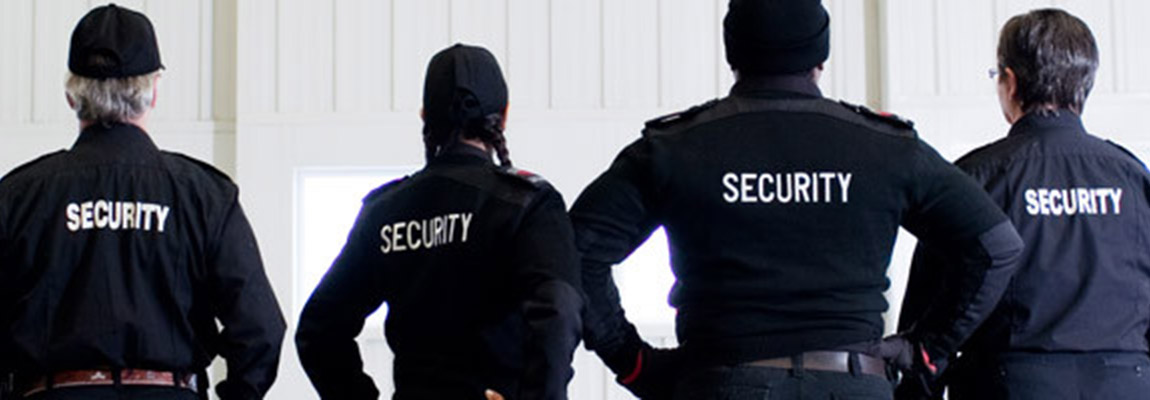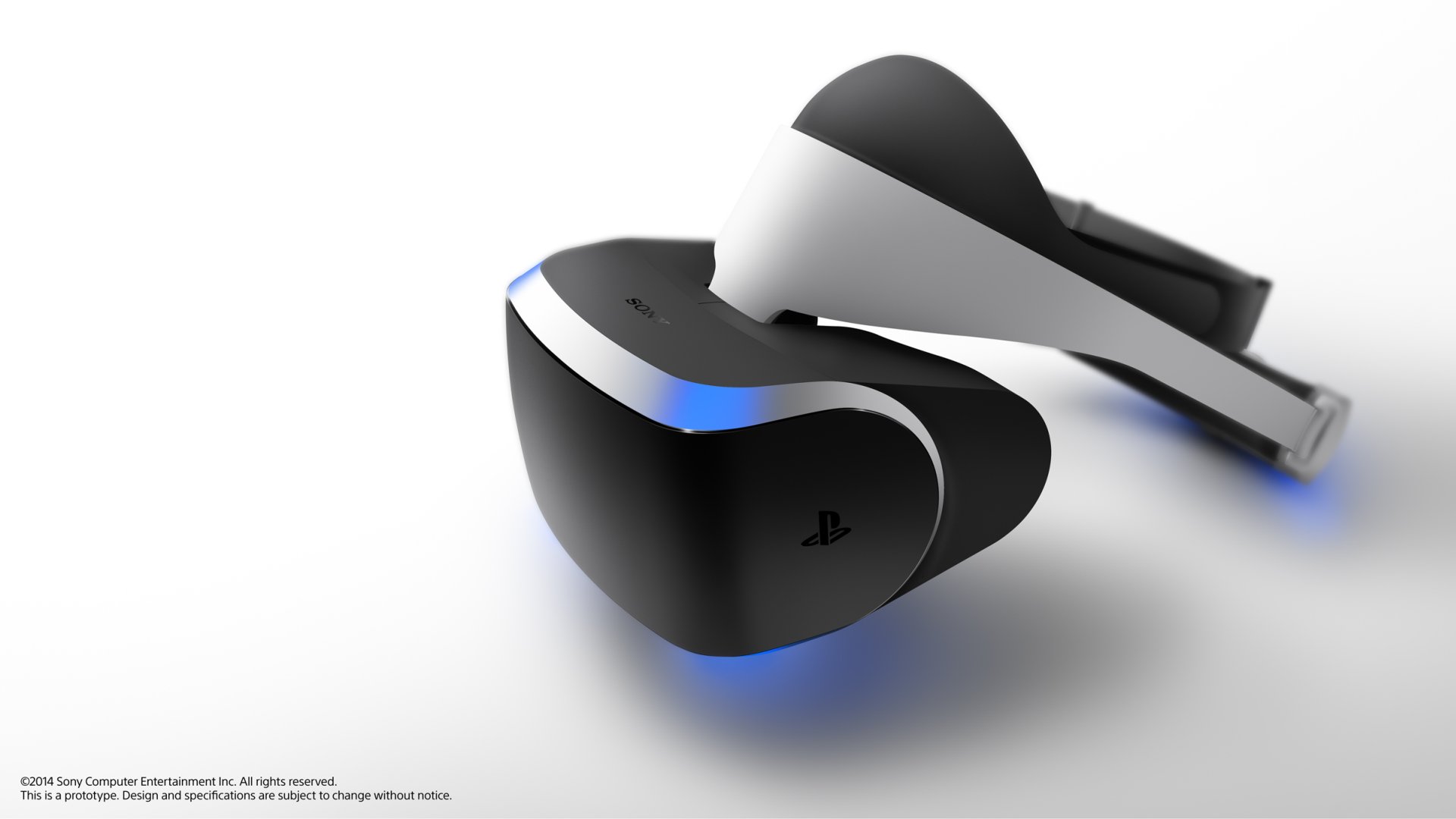Your ads will be inserted here by
Easy Plugin for AdSense.
Please go to the plugin admin page to
Paste your ad code OR
Suppress this ad slot.
If you are looking for a security earpiece with a mic , then you will need to know the varieties available out there. While some types are more expensive than others, what ultimately matters is the quality and durability of what you get at the end. Below is a look at what you get out there:
One wire kit
With this one, there is only a single wire, which emerges from the radio, runs through the PTT and then ends where the earpiece starts. This makes for a simple yet effective look. As for the length of the cable, the one wire kit has a piece that runs between 28 and 34 inches. This means that you have at your disposal a length sufficient to cover the distance between your ears and the waist without any kind of stretching or straining. Of course, the reach of every security earpiece will be determined by the height of the person wearing it. The one wire kit is great for an average height and will work for anyone 6 feet and below.
Most one wire kits come in the original D and G shapes. There are some fancier designs out there as well if thatâs what you are looking for.
Two wire kits

Your ads will be inserted here by
Easy Plugin for AdSense.
Please go to the plugin admin page to
Paste your ad code OR
Suppress this ad slot.
As the name suggests, there are two wires involved in this scenario. One runs to the Push to Talk (PTT) button. The other runs up to the earpiece, making for a good looking dual connection. For the purposes of discretion, you are allowed to wear this cable partially disguised within your clothing. One wire will emerge from the radio, rising up your back to the ear in a way that keeps you comfortable. The other cable runs from the radio, up the length of your hands and terminates at the cuffs if you are wearing a long-sleeved shirt or sweater. In terms of length, the two-wire kit is essentially the same as its one wire counterpart, with a reach of 30 to 34 inches. This accounts strictly for the length of each individual wire, and allows the unit to comfortably cover the areas between your waist and the ears. Two wire kits commonly come in the form of an acoustic tube that many who know a little about surveillance will be able to understand.
3 Wire kits
Here, you have three wires coming off the radio. The first wire will terminate where the earpiece is built. The second will end where the Push to Talk button is located. The last will end at a connection with the mic. As with the two wire kits, this one is worn under ordinary clothing, with a cable for the mic, earpiece and PTT button. There is really no standard length for all the three wires and there is no guarantee that all of them will be equal in length, but there is a sense of flexibility in the way you get to use the piece. Always try on sample pieces before making a purchase at a store. Over the internet purchases are trickier but then the measurements will be highlighted long before you order.
Understanding the functionality of PTT technology
Push to Talk is a cutting-edge technology that allows for direct communication between parties at agreed-upon frequencies and distances. The greatest thing about PTT is that it switches communications from duplex to half duplex. This means people do not talk over each other but get to alternate between speaking and listening. PTT is able to loop in two or more speakers at an instance of communication, allowing for conference-like types of engagements between participants. This streamlines communication. Most enterprises prefer this approach to communication because there are no limitations in terms of allotted minutes. As such, there is absolutely no need to stay within the confines of a data plan, which would be both expensive, inconvenient and rigid.
There is no such thing as a right security earpiece. What works for you may not work for all other parties across the board. While your budget matters a lot, you are looking for something that works optimally and stands the test of time. The three types mentioned above are alright if you are looking for something that works all the time. Remember, prices will vary across brands and models.





